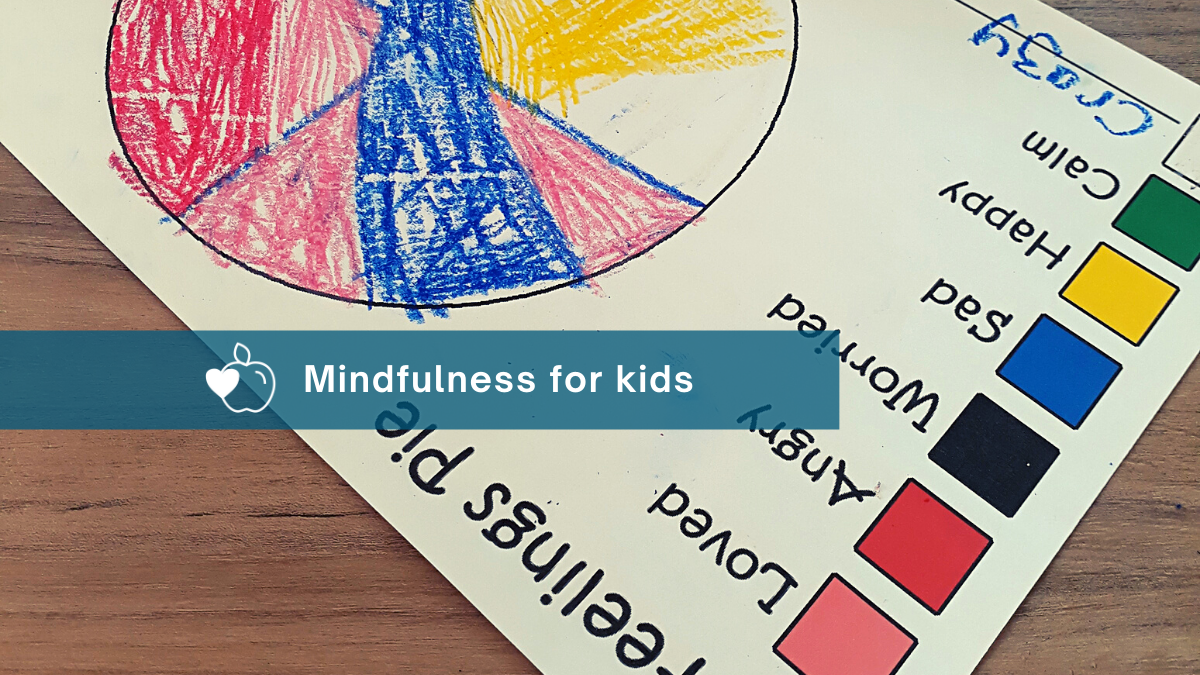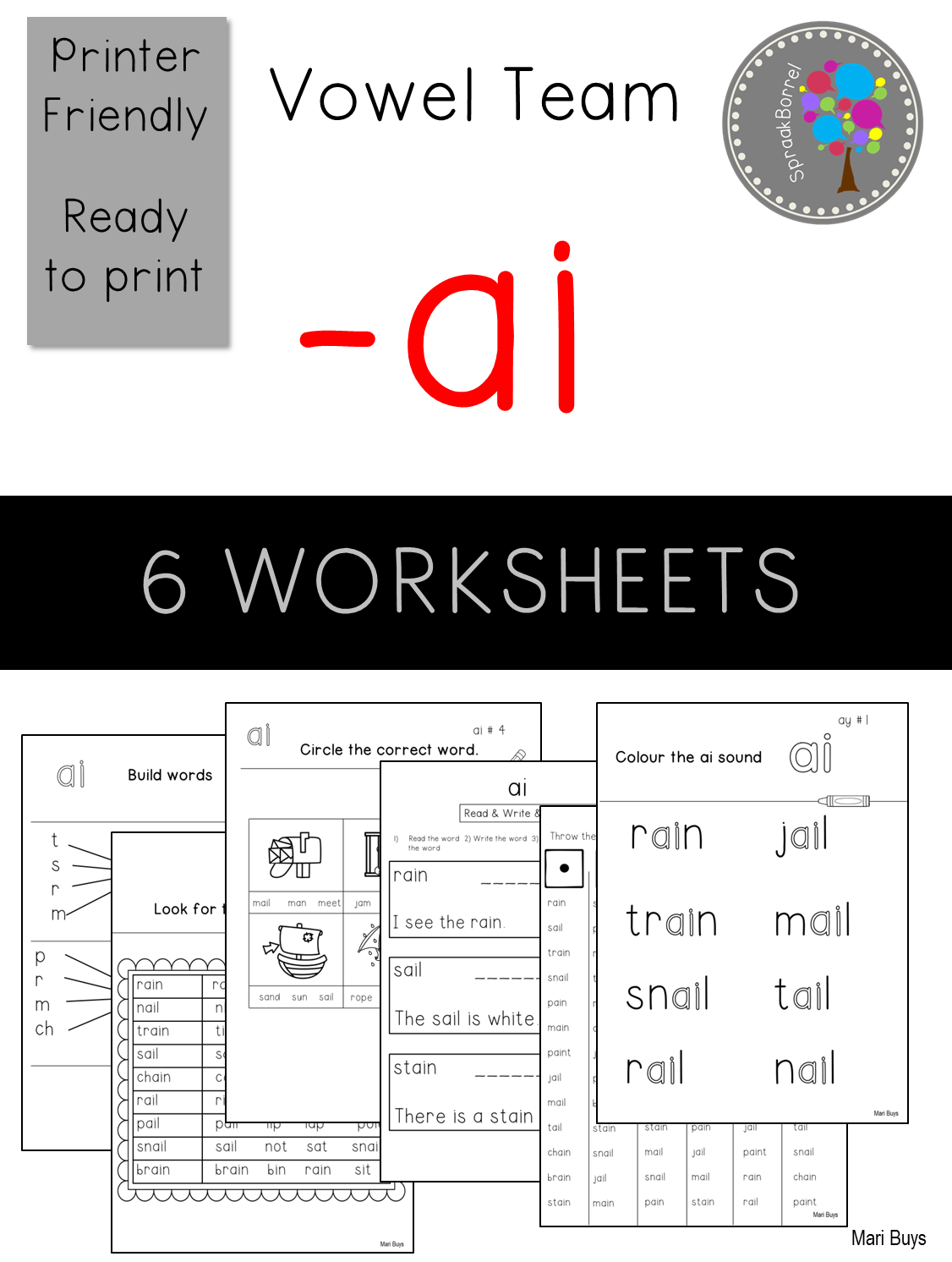Mindfulness for kids

I sometimes get asked if mindfulness is only for children who suffer from anxiety, or only for children who struggle to sit still and concentrate, or only for late teens and older. The answer to all of these questions is no. Mindfulness can benefit any child – whether they’re anxious or not, whether they can sit still or not, or whether they are pre-schoolers or in Grade 12.
There are so many benefits to practising mindfulness in the classroom. In his book Planting Seeds: Practising Mindfulness with Children (Parallax Press 2011), Thich Nhat Hanh explains how studies have shown that children who practise mindfulness regularly experience:

- increased calmness
- decreased stress and anxiety
- increased self-awareness
- empathy and understanding of others
- natural conflict resolution skills
- skillful ways to respond to difficult emotions
- improved impulse control
- better ability to focus and concentrate
What is mindfulness?
Mindfulness is about using all of our senses to live moment-to-moment, with awareness.
We may find that we are habitually lost in thought, worrying about the past or the future. Children walk into the classroom everyday, carrying with them their past experiences and their concerns for the future. Whether it was a rushed morning to school, or feeling unsettled after an argument with a family member that morning, or dealing with a more serious issue, such as a parental divorce – all of these, no matter how small, can unsettle a child, making it difficult for them to concentrate and learn. Learning when stressed or anxious is nearly impossible, but mindfulness is a simple practice that provides a child with something they can do to ground themselves in these moments of stress.
When explaining mindfulness to children, I often use the analogy of a pause button, as most children know what a pause button is and how to use it. Mindfulness is like the pause button on life. It helps us to pause and notice all that is around us and inside of us. It helps us to stop, breathe, and be.
Introducing mindfulness activities
Implementing mindfulness in a classroom setting can feel daunting, but it doesn’t need to be. You can start by introducing a mindful moment at the beginning of a work cycle, or after a transition (such as when coming in from playtime). Depending on how much time you have, it can take one minute or 10 minutes.
If you have time to make it slightly longer, say 10 minutes, then make sure your students are aware that this is a special time of the day. You can do this by turning off the lights and closing the blinds, or by lighting a candle, or by ringing a set of chimes to start and end the moment. Do something simple to signify that this time is special.
At the end of the work cycle, it is also useful to close with a mindful moment. This gives the children some quiet time to settle their nervous systems before transitioning to the next portion of their day. Sometimes, a positive affirmation about how hard they’ve worked, how proud you are of them, or how much you care about them can be greatly encouraging for the students.
Here are some practical mindful moment options for you to choose from:
1. Breath awareness: star breathing
Ask the child to spread out one hand like a star. If the child is in an environment where they do not want others to see, they can simply spread out their hand close to their side. Then, ask the child to use the index of the other hand to trace the outline of their star hand.
As they move to the top of the thumb, ask them to take a deep breath in. Then, as they move down between their thumb and index finger, ask them to take a long, slow breath out. Repeat until they’ve reached their little finger.
If you want to, you can add in an affirmation at the point where the tracing finger reaches the top of the other fingers. Something like “I am calm”, or “I am brave”, or “I am kind”. It can be anything that you feel is relevant at that moment.
2. Breath awareness: ocean breath
Ask the child to gently close their ears with their fingers, then to breathe deeply at the back of the throat and to listen carefully. They will hear the sound of the ocean. This is an opportunity for complete relaxation as they listen to the waves coming and going.
This is a wonderful exercise for sensory-sensitive children, as it helps to block out all external noises and sensations. It really gives the child a pause from life!

3. Mindful movement
While yoga is a form of mindful movement, it is not the only type of mindful movement. Any movement done slowly enough and with awareness can be a mindful movement.
This simple exercise can be done with the children sitting at their desks or on the floor. Ask the children to slowly lift up their arms. They can imagine that their arms are in jelly or mud, and that it is difficult to lift them. Ask them to notice the sensations in the body and what muscles they can feel working. Children might feel a tingling sensation or warmth in the body, and that is perfectly normal. Once their arms are above their heads, ask them to gently and slowly bring their arms down again.
4. Guided visualisation
Play a recording of a guided meditation or visualisation for the children. There are many available online. If you are looking for one with a South African accent, I’ve recorded a few which can be found on the Mindful Minis YouTube channel. There are also some visualisations on this channel that I’ve had translated into Afrikaans and isiXhosa.
5. Mindful artwork: mindful colouring
This is such a simple way to inject a little bit of calm into your students’ day. What I find works well is if the children only colour in a little bit at a time, say for 10 minutes everyday or every few days. The point is not to finish the picture in one sitting, but to work on it a little bit each day, slowly and carefully. It also depends on the age of the children you are working with, but I have some children that work on the same picture for an entire year! They form a strong attachment to their picture and it’s almost like they instinctively move into a calm state when I bring out the mindful colouring pictures.
6. Mindful artwork: beans and playdough
Playdough is a wonderful sensory activity for children. For this exercise, give each child a blob of playdough to flatten into a circle shape. Offer the children a variety of dried beans that they can use to create a mandala. Keep drawing the child’s attention back to the body and their experience of the art. So, for example, ask how it feels to squish the play dough, how the beans feel, and so on.
Afterwards, ask the children to dismantle their mandalas. Some may find this difficult and require support. This is a great lesson in non-attachment! It also emphasises the fact that the joy is in the process; the moment-to-moment awareness when building the mandala and not the finished product.

There are some growing pains
Remember to always be honest with your students about your own level of experience. If mindfulness is new to you too, your students will appreciate knowing that you are learning this together!
Mindfulness in schools is becoming a commonplace in many countries around the world. In South Africa, there are more and more schools starting to introduce mindfulness to their learners, mostly as an extra-mural or once-off workshop. But the best way to introduce mindfulness into a school is to include it as part of the school day. I offer a 10-week classroom-based program called .b (pronounced dotbe) for Grades 5–9. This course takes place weekly, at your school, for an hour during the school day. After the course, you and your students will have access to the .b website, which hosts a series of meditations and animations that you can continue using in your classroom after the course has ended.
In other countries, efforts to implement mindfulness in the classroom haven’t always been easy. Some parents and administrators have challenged the use of mindfulness in schools, based on its Buddhist roots. But as more research is done and the application of mindfulness is practised more widely (such as in the medical sphere, in sports, and in business, for example), these challenges are becoming less common.
If you would like to learn more about how to introduce mindfulness to your school, Bianca offers a variety of courses.
About the author:
After 15 years of working as a Software Engineer, Bianca Browne recognised how the stress was negatively impacting her life. She completed the MBSR (Mindfulness-Based Stress Reduction) program and has never looked back. After her children were born, she created Mindful Minis – a space for children to learn and practice the art of mindfulness. Her qualifications include BSc Honours, Chilled Out Child training, and .b MISP Teacher Training. She is currently completing the MBSR Teacher Training through The Mindfulness Network and is also a professional member of IMISA. Through mindfulness, she hopes to help children and teenagers find that place within where calm and contentment are found.
-
 ABC of Mindful Educators-Resource on saleR333.50
ABC of Mindful Educators-Resource on saleR333.50 -
 -ai PHONICS Worksheets Home programme British EnglishR20.00
-ai PHONICS Worksheets Home programme British EnglishR20.00



 KES(KSh)
KES(KSh) USD($)
USD($) GBP(£)
GBP(£) GHS(₵)
GHS(₵) NGN(₦)
NGN(₦) MUR(₨)
MUR(₨) BWP(P)
BWP(P) AUD($)
AUD($) TZS(Sh)
TZS(Sh) INR(₹)
INR(₹) PHP(₱)
PHP(₱) AED(د.إ)
AED(د.إ)



